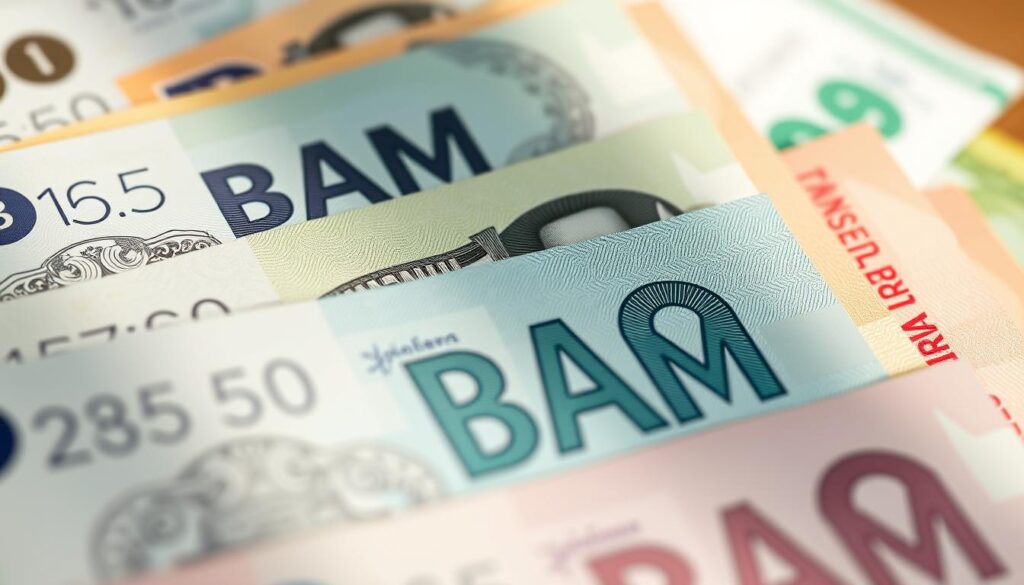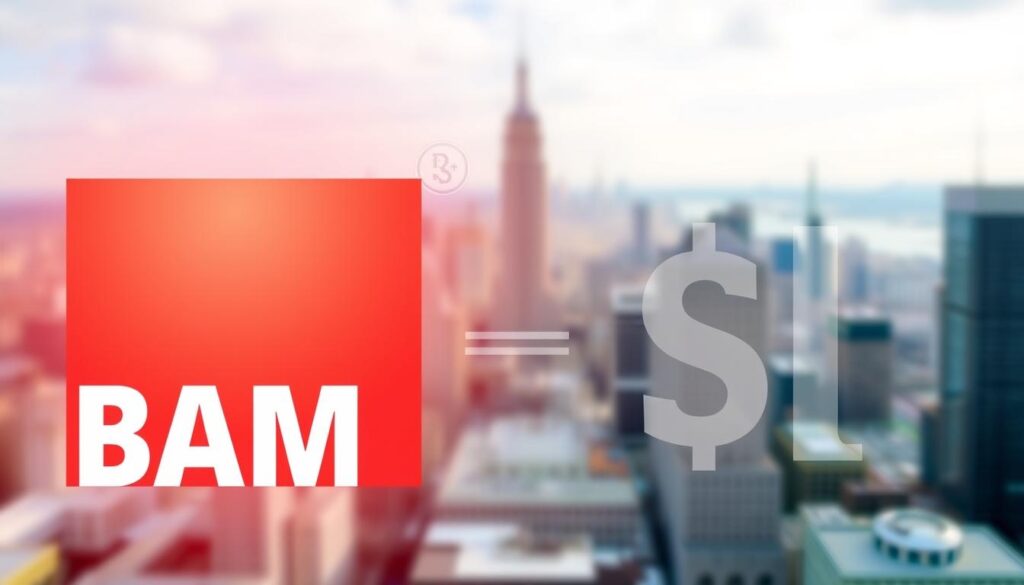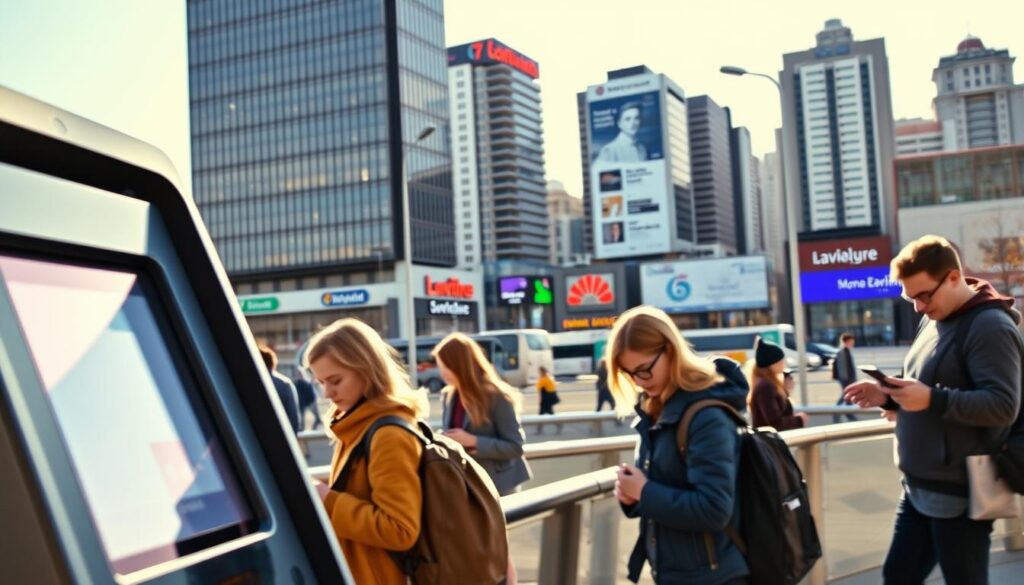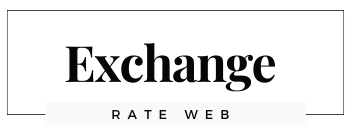
Bosnia and Herzegovina has a rich history and diverse cultures. It uses the Convertible Marka (BAM) as its currency. This currency was introduced in 1998, replacing several others.
The Convertible Marka is the official currency of Bosnia and Herzegovina. It’s key to the country’s economy. Knowing about the Convertible Marka is important for anyone visiting or doing business here.
Key Takeaways
- The Convertible Marka (BAM) is the official currency of Bosnia and Herzegovina.
- It was introduced in 1998, replacing previous currencies.
- The Convertible Marka plays a crucial role in the country’s economy.
- Understanding the Convertible Marka is vital for travelers and businesses.
- The currency has a unique history and significance in Bosnia and Herzegovina.
The Convertible Marka: Bosnia and Herzegovina’s Official Currency
The Convertible Marka (BAM) is the legal tender in Bosnia and Herzegovina. It is the official currency used for all financial transactions within the country.
Currency Code and International Recognition
The currency code for the Convertible Marka is BAM, and its international currency code is 977. This code is used in international financial transactions to denote the currency.
The Currency Symbol and Its Meaning
The symbol for the Convertible Marka is KM. It is widely recognized within Bosnia and Herzegovina and is used in everyday financial transactions. The Convertible Marka is divided into 100 fenings, which is an essential aspect of its structure.
| Currency Aspect | Detail |
|---|---|
| Currency Code | BAM |
| International Currency Code | 977 |
| Currency Symbol | KM |
| Subunits | 100 fenings |
Historical Background of Bosnia’s Monetary System
The history of Bosnia’s money system shows the country’s tough past and its path to economic stability. Bosnia and Herzegovina’s money history is filled with different currencies. This was because of the country’s complex politics.
Pre-War Currency Usage
Before the Convertible Marka came, Bosnia and Herzegovina used many currencies. These included the Yugoslav dinar and Croatian kuna. This showed the country’s diverse ethnic and political groups.
Post-Dayton Agreement Monetary Reforms
The Dayton Agreement in 1995 led to big changes in money. It brought peace and allowed for a single currency system.
Introduction of the Convertible Mark in 1998
In 1998, the Convertible Marka (BAM) became Bosnia and Herzegovina’s official money. It was tied to the Euro, helping the economy grow.
The Convertible Marka was a big step towards economic unity in Bosnia and Herzegovina. It has been key in the country’s growth. It offers a stable way to exchange goods and save money.
What Is the Official Currency of Bosnia and Herzegovina?
The official currency of Bosnia and Herzegovina is the Convertible Marka (BAM). It is tied to the Euro. This system brings stability and predictability for everyone.
Introduction to the Convertible Marka (BAM)
The Convertible Marka is split into 100 smaller units called fening. It replaced the Yugoslav dinar and has been key in the country’s economic growth.
https://www.youtube.com/watch?v=8omHwMqbVf8
Legal Status and Governance
The Central Bank of Bosnia and Herzegovina oversees the Convertible Marka. They work to keep its value stable and manage its use in the economy.
Key Features of the Convertible Marka:
- Pegged to the Euro at a fixed exchange rate
- Divided into 100 fening
- Managed by the Central Bank of Bosnia and Herzegovina
The Currency’s Pegged Value to the Euro
The Convertible Marka is tied to the Euro at a fixed rate of 1 EUR = 1.95583 BAM. This helps keep the economy stable by avoiding big changes in exchange rates.
Knowing about the Convertible Marka helps people deal with money in Bosnia and Herzegovina better.
Denominations of the Bosnian Convertible Marka
The Convertible Marka is Bosnia’s official currency. It comes in different sizes to help with many transactions.
Banknotes in Circulation
The Convertible Marka banknotes come in 10, 20, 50, 100, and 200 Marks. They have special security features to stop fake money.
Security features include watermarks, holograms, and microprinting. These make the banknotes very secure.
Coins and Their Specifications
Bosnian coins are in 5, 10, 20, and 50 feninga, and 1, 2, 5 Convertible Marks. Each coin has its own design and details, showing off the country’s culture.
Security Features and Anti-Counterfeiting Measures
The Central Bank of Bosnia and Herzegovina uses holographic strips and raised printing on banknotes. These are anti-counterfeiting measures.
| Denomination | Type | Security Features |
|---|---|---|
| 10, 20, 50, 100, 200 BAM | Banknotes | Watermarks, Holograms, Microprinting |
| 5, 10, 20, 50 feninga; 1, 2, 5 BAM | Coins | Unique Designs, Edge Inscriptions |
The Central Bank says, “The security features of the Convertible Marka banknotes and coins are designed to prevent counterfeiting and ensure the integrity of the currency.”
“The Convertible Marka has been a stable currency since its introduction, thanks to its peg to the Euro and robust security features.”
The Central Bank of Bosnia and Herzegovina
The central bank of Bosnia and Herzegovina keeps the Convertible Marka stable. It is the country’s monetary authority, crucial for managing finances.
Role in Currency Management
The Central Bank of Bosnia and Herzegovina manages the Convertible Marka. It makes sure the currency stays stable and keeps public trust in the financial system.
Monetary Policy Framework
The bank has a monetary policy to keep prices stable and support the economy. It fights inflation and keeps the currency pegged to the Euro.
Currency Issuance Process
Issuing currency involves designing, producing, and distributing banknotes and coins. The central bank ensures the currency is secure and hard to counterfeit.
| Currency Feature | Description | Security Measure |
|---|---|---|
| Banknotes | Various denominations | Watermarks, holograms |
| Coins | Different metals and designs | Unique minting process |
Exchange Rates and Currency Conversion
The Convertible Marka is Bosnia’s official currency. It has a fixed exchange rate with the Euro. This makes its value against other currencies, like the USD, stable and predictable.
BAM to USD Conversion Rates
For American travelers, knowing the BAM to USD conversion rate is key. The latest updates show a stable exchange rate due to the Convertible Marka’s Euro peg. You can find the conversion rate on currency exchange websites and at financial institutions.
| Currency | Exchange Rate | Notes |
|---|---|---|
| 1 BAM | 0.51 EUR | Fixed Rate |
| 1 BAM | 0.57 USD (approx.) | Variable Rate |
Exchange Rate Stability Factors
The Convertible Marka’s stability comes from its peg to the Euro. This policy choice helps keep the economy stable. It also reduces the risk of big changes in currency value.

Best Places to Exchange Currency for American Travelers
American travelers can exchange their money at authorized offices, banks, or ATMs. It’s smart to compare rates and fees before you exchange. This way, you get the best deal.
Tip: Always check the latest exchange rates before your trip. Consider using a currency conversion app to stay updated.
Using the Convertible Marka as a Traveler
To travel smoothly in Bosnia and Herzegovina, knowing the Convertible Marka is key. It’s the country’s official currency.
The Convertible Marka is used everywhere in the country. It’s important to know how to get and use it. ATMs are a good way to get local money.
ATMs and Banking Services Throughout Bosnia
ATMs are easy to find in cities. They let you take out Convertible Marka with your debit or credit card. Banks like Raiffeisen and UniCredit have reliable ATMs.
Banking services are also easy to find. Many banks exchange currency, but rates can change.
Credit Card Acceptance in Urban vs. Rural Areas
In big cities like Sarajevo and Mostar, credit cards are widely accepted. But, in rural areas, cash is preferred.
It’s best to carry cash in small towns and rural areas. But, many places for tourists accept major credit cards.
Tipping Customs and Payment Practices
Tipping in Bosnia and Herzegovina is modest. 5-10% is enough in restaurants and cafes.
Knowing local payment customs helps avoid confusion during your trip.
| Payment Method | Urban Areas | Rural Areas |
|---|---|---|
| Cash | Widely accepted | Preferred |
| Credit Cards | Widely accepted | Limited acceptance |
| ATMs | Widely available | Limited availability |
Regional Currency Usage in Bosnia’s Complex Political Structure
Bosnia and Herzegovina has a unified currency system, despite its complex politics. The Convertible Marka (BAM) is the official currency everywhere. This makes it easy for visitors to travel and do business.
Federation of Bosnia and Herzegovina
The Federation of Bosnia and Herzegovina uses the Convertible Marka. It has some autonomy but follows the national currency policy.
Republika Srpska
Republika Srpska also uses the Convertible Marka. A single currency helps keep the economy stable in different areas.
Brčko District
The Brčko District, a neutral area, also uses the Convertible Marka. This unified currency makes financial transactions easier across the country.
The use of the Convertible Marka shows Bosnia and Herzegovina’s unity in economics. This is true even with its complex political divisions.
Digital Payment Systems and Cryptocurrency in Bosnia
Digital payment systems are becoming more popular in Bosnia. They offer a convenient option compared to traditional banking. This change is reshaping how people handle money in the country.
Mobile Payment Adoption
More people in Bosnia are using mobile payments for everyday transactions. Mobile wallets and payment apps are getting popular. They provide a safe and easy way to pay.

Cryptocurrency Regulations and Usage
Cryptocurrency regulation in Bosnia is still developing. But, the country is working to include cryptocurrency in its financial system. They aim to follow international standards closely.
Banking Apps for Tourists
Tourists in Bosnia can use modern banking apps. These apps offer services like currency exchange and account management. They are easy to use, helping visitors manage their money while traveling.
Economic Impact of the Convertible Marka
The Convertible Marka is key to Bosnia’s economy. Introduced in 1998, it helped stabilize the economy after the war. Its value tied to the Euro keeps the economy stable.
Inflation Control Mechanisms
The Convertible Marka’s link to the Euro fights inflation. This keeps the exchange rate steady. Experts say a stable currency is vital for a strong economy.
Role in Economic Stability
Stability is crucial for attracting investors and growth. The Convertible Marka’s stability makes Bosnia a good place for business. This makes the economy more resilient.
Foreign Investment Influence on Currency Strength
Foreign investment boosts the Convertible Marka’s strength. More investment means a stronger currency and better stability. This cycle attracts even more investment.
Key benefits of the Convertible Marka include:
- Economic stability through a pegged exchange rate
- Inflation control mechanisms
- Attraction of foreign investment
As Bosnia develops its economy, the Convertible Marka will stay important. Its stability and reliability are crucial for the country’s economic future.
“A stable currency is essential for economic growth and stability.” – Economic Expert
Unique Features of Bosnian Banknotes and Coins
The banknotes and coins of the Convertible Marka show the complex history and cultural diversity of Bosnia and Herzegovina. They are not just for buying things. They also show the country’s rich heritage.
Design Elements and Cultural Significance
The designs on Bosnian banknotes and coins are rich in cultural significance. They feature motifs that reflect the country’s history, geography, and cultural identity. For example, banknotes often show historical figures and architectural landmarks.
Different Entity Versions of Banknotes
Bosnia and Herzegovina’s complex political structure is also seen in its currency. There are different versions of banknotes for each entity. This shows the country’s political divisions while keeping a unified currency.
Commemorative Coins and Special Editions
The Central Bank of Bosnia and Herzegovina sometimes issues commemorative coins. These coins mark important events or anniversaries. They are highly valued by collectors and show the country’s cultural and historical heritage.
In conclusion, the banknotes and coins of Bosnia and Herzegovina carry more than just monetary value. They are also bearers of the country’s history and culture.
Conclusion
The Convertible Marka is key to Bosnia and Herzegovina’s economy. Its history and design show the country’s complex past and rich culture.
This currency is the official money of Bosnia and Herzegovina. It’s tied to the Euro to keep things stable in the country’s financial world.
The Central Bank of Bosnia and Herzegovina manages the currency. This makes sure it’s reliable and trustworthy, vital for the country’s economy.
To get involved with Bosnia and Herzegovina’s economy, knowing the Convertible Marka is crucial. This is true for travelers, investors, or business partners.
FAQ
What is the official currency of Bosnia and Herzegovina?
The official currency of Bosnia and Herzegovina is the Convertible Marka (BAM).
What is the currency code for the Convertible Marka?
The currency code for the Convertible Marka is BAM.
What is the currency symbol for the Convertible Marka?
The currency symbol for the Convertible Marka is KM.
Is the Convertible Marka pegged to any other currency?
Yes, the Convertible Marka is pegged to the Euro.
Who governs the Convertible Marka?
The Central Bank of Bosnia and Herzegovina governs the Convertible Marka.
What are the denominations of the Convertible Marka?
The Convertible Marka comes in various denominations, including banknotes and coins.
Can I use credit cards in Bosnia and Herzegovina?
Yes, credit cards are widely accepted in urban areas.
Can I withdraw Convertible Marka from ATMs?
Yes, travelers can use ATMs to withdraw Convertible Marka.
Is the Convertible Marka widely accepted across different regions in Bosnia and Herzegovina?
Yes, the Convertible Marka is widely accepted across different regions. This includes the Federation of Bosnia and Herzegovina, Republika Srpska, and Brčko District.
Are digital payment systems available in Bosnia and Herzegovina?
Yes, Bosnia and Herzegovina is seeing growth in digital payment systems. This includes mobile payments and cryptocurrency.
What is the role of the Central Bank of Bosnia and Herzegovina in managing the Convertible Marka?
The Central Bank of Bosnia and Herzegovina is key in managing the Convertible Marka. It implements monetary policies and ensures the currency’s stability.
How does the Convertible Marka impact the economy of Bosnia and Herzegovina?
The Convertible Marka is crucial for economic stability. It helps control inflation and attract foreign investment.

Adam G
This post was created by Adam G, a seasoned financial writer with a passion for explaining currency exchange and market movements
